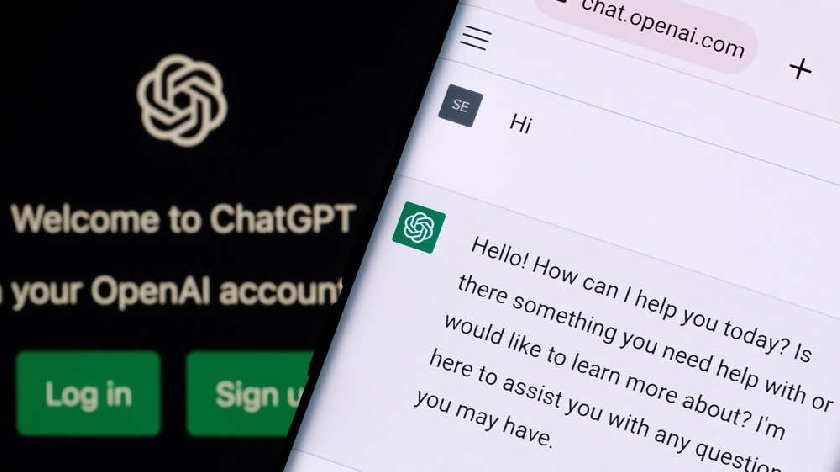
OpenAI recently launched one of the most controversial AI tools on the 30th of November 2022 – ChatGPT.
And it has been on everyone’s lips and fingertips ever since! Artificial intelligence has taken the world by storm, with ChatGPT just one of the many AI tools revolutionising multiple sectors of the economy. It is increasingly getting integrated into different ways, from advanced AI-based customer service software and self-driving cars to medical technology and more. Talking specifically about ChatGPT (GPT stands for Generative Pre-training Transformer, the general-purpose chatbot is an AI model that can hold conversational dialogue and is similar to many automated chat services found on customer service websites.
What makes ChatGPT special?
This is not the first time AI has been used to create an innovative chatbot. So what is different about ChatGPT which has made it into an overnight sensation? GPT-3 has 175 billion parameters and was trained on 570 gigabytes of text. It is trained to engage in conversations using a method called Reinforcement Learning from Human Feedback (RLHF). It can thoroughly scour the internet for relevant websites, articles, social media and other sources to provide appropriate, human-like responses. In other words, it’s AI that chats just like a human!
However, like everything else, ChatGPT is not without flaws. It does not always get the facts right as it simply picks up information from what is available on the internet. There is also a lack of creativity and originality in the content generated through this platform, which limits its use as a writing tool. But if used cleverly, it can be a handy AI tool for coding, copywriting and editing.
How to use ChatGPT
-
Create an account on the OpenAI website.
-
Once registered and logged in, browse the API keys page to generate a new API key.
-
Make sure you save and remember the API key, so you can access ChatGPT in the future.
-
When using the Python language for coding, it is essential to first install the OpenAI Python package.
It is all about the prompts
The key to using ChatGPT effectively is to input smart and concise prompts which can yield precise responses. For example – “Write a summary of Sense and Sensibility by Jane Austen.” It responds brilliantly to prompts which can be used to generate informative content, write code, make translations and calculations, and more.
ChatGPT is as futuristic as an AI writing tool can get! But is it human enough to replace an actual human? Not at the moment. But thanks to continued innovation in tech, machine learning and AI, a future where it is impossible to differentiate a human’s work from an AI’s, is not too far.
You can read more on tech development and other related subjects on the Biztech website.













